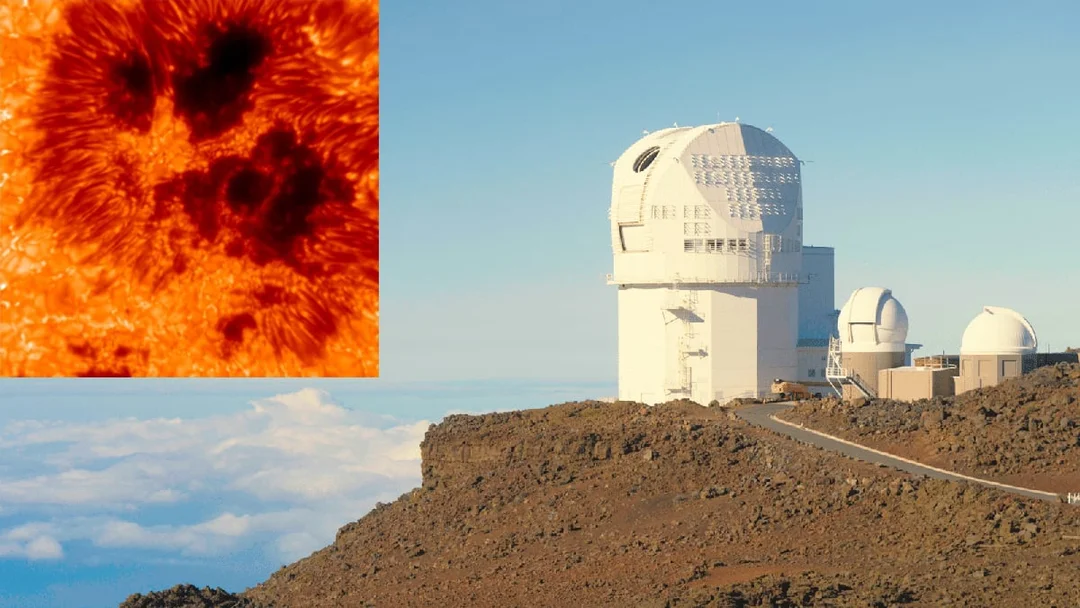
Inouye Solar Telescope’s New Filter Unveils Sunspots in Unprecedented Detail, Aiming to Predict Solar Storms
The newly upgraded Daniel K. Inouye Solar Telescope, the world's largest, has achieved a significant milestone, capturing breathtakingly detailed images of sunspots. This breakthrough, powered by the new Visible Tunable Filter (VTF), promises to revolutionize our understanding of solar weather and potentially protect Earth from disruptive solar storms.

The VTF, after a year-long integration at the Inouye Telescope in Maui, has successfully captured its first light image, revealing a cluster of sunspots with unprecedented clarity. This achievement showcases the instrument's capability to probe the Sun's surface in three dimensions, offering a deeper understanding of its dynamic processes, according to a NSF news release.
Why is this important? Sunspots are key indicators of solar weather, often preceding solar flares and coronal mass ejections (CMEs). These energetic outbursts can disrupt Earth's communication systems, electrical grids, and satellite networks. A severe solar storm in the 1800s, known as the Carrington Event, reportedly caused fires in telegraph stations. This new ultra-detailed imagery could help us learn about our sun's weather patterns, said Friedrich Woeger, the NSF Inouye Solar Telescope instrument program scientist.
The VTF functions as an imaging spectro-polarimeter, capturing snapshots of solar radiation across the visible light spectrum. Unlike traditional spectrographs, it uses a Fabry–Pérot etalon to isolate specific wavelengths, allowing it to build three-dimensional images of solar structures. This allows scientists to study the temperature, pressure, velocity and magnetic field structure at different layers of the solar atmosphere, said Dr. Stacey Sueoka, a senior optical engineer at the National Solar Observatory, in a statement.
The Inouye Solar Telescope's enhanced capabilities offer three times the detail compared to previous observations. This level of detail allows researchers to better understand the origins of solar activity and improve predictions of potentially dangerous solar weather. “We need to understand the physical drivers of these phenomena and how they can affect our technology and ultimately our lives,” Friedrich Woeger said.
The VTF represents a culmination of over a decade's worth of development and international collaboration, particularly with the Institute for Solar Physics in Germany. “The significance of the technological achievement is such that one could easily argue the VTF is the Inouye Solar Telescope’s heart, and it is finally beating at its forever place,” said Dr. Matthias Schubert, a VTF project scientist at the Institute for Solar Physics, in a statement.

While the instrument is not yet fully operational – which is expected by 2026 – the initial results are incredibly promising. The Inouye Solar Telescope joins other efforts to unlock the mysteries of our solar system, like the Solar Orbiter and the Parker Solar Probe, making up a community of sun researching scientists.
This upgrade marks a new era in solar observation, providing scientists with an invaluable tool to study the Sun's behavior and anticipate potential threats to our technological infrastructure. How will these advancements shape our understanding of the sun and its impact on Earth? Share your thoughts in the comments below.